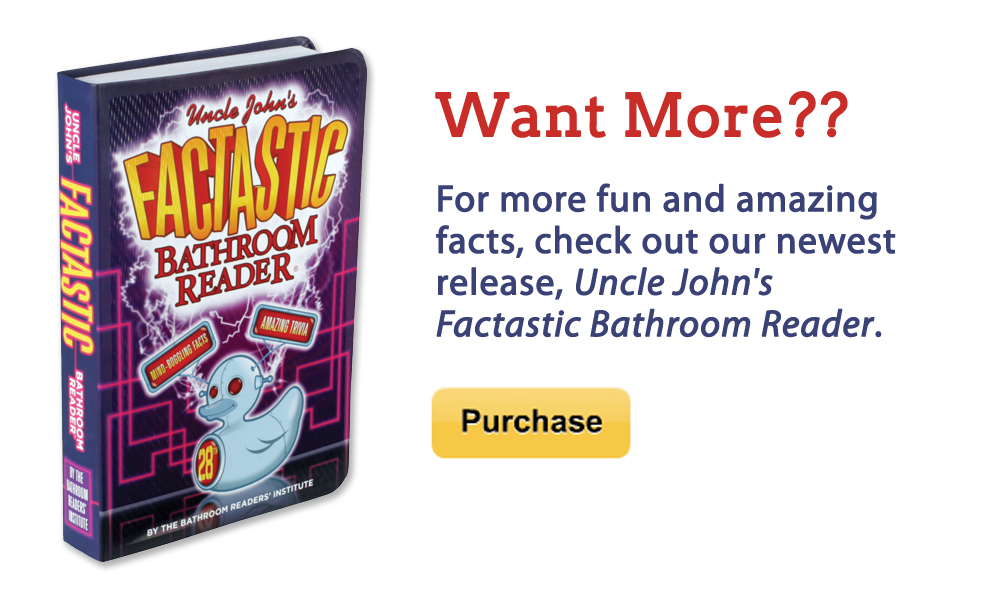About 25 years ago, most of us had never heard of Starbucks, but now it’s a big part of the cultural fabric. But not everything they’ve done has been successful.
Mazagran
In 1995, Starbucks was just emerging as a national chain of coffeehouses when it tried to bottle its products and sell them in grocery stores. Through a partnership with Pepsi bottlers, Starbucks sold a drink called Mazagran. Named after the Algerian branch of the French Foreign Legion, it was “sparkling coffee,” also known as carbonated coffee, or coffee with bubbles in it. While it test-marketed well in Southern California, it flopped nationwide, leading Starbucks CEO Howard Schultz to change approach and bottle the chain’s Frappucinos instead, which has been very successful.
Chantico
In January 2005, Starbucks introduced one of its richest, most sugar-laden creations ever…which is saying something. Chantico was a new kind of hot chocolate, which the company called “sipping chocolate.” Half cream and half chocolate, a six ounce cup packed 390 calories. (One food blogger likened it to “chocolate flavored lard in a cup.) It was unclear who Chantico was for—it was a coffee-free hot chocolate, but it was too rich for kids. It was off the menu just 11 months later.
Berry Infusions
By 2009, Starbucks had some competition in the fancy drink market: high-end tea and natural juices. Starbucks wanted to get in on the action and launched Berry Infusions. They were both tea and juice—mixed together, and then heated up. Customers didn’t much care for hot juice mixed with tea, such as Apple Chai Infusion.
Layered Espresso
Most Starbucks drinks are some combination of coffee or espresso, some sugar, and some flavoring. There are only so many permutations possible, but they keep trying new ones. One from 2008 that attracted very few customers: layered espresso. It was an extremely sweet, gelatinous raspberry jam in a tiny cup with a shot of espresso poured on top.








